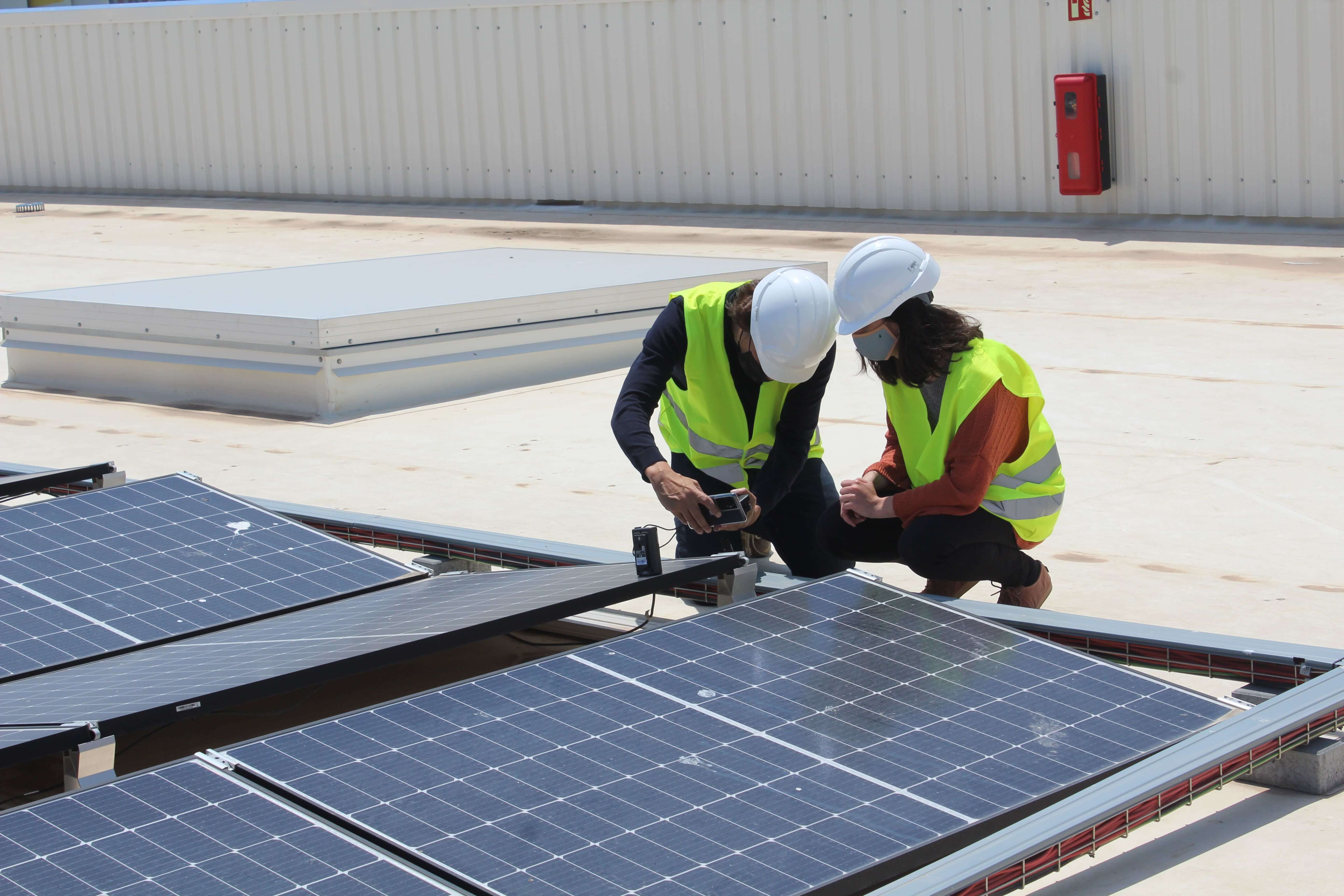That a building is easy to use, maintain, and meets the expected energy and water use performance is not an easy task. With buildings whose facilities are increasingly complex and the levels of demand from users and owners are higher, the commissioning of the facilities and the envelope has become an essential tool.
Commissioning is about monitoring that the building's operation and performance is as planned and is possibly the most effective and strategic means of reducing energy costs and greenhouse gas emissions in buildings. This process, which is often part of the sustainability certification procedure, ensures the proper functioning of the buildings once the occupants move in. And also that the future operators of the buildings will have the knowledge and the necessary means to be able to maintain the performance of the building over time.
What is commissioning applied to a project? What does it consist of?
Commissioning is a process of putting into service the installations of a building that is carried out by a person from outside the installation company and contracted by the owner. This can be carried out in both new construction and in fully renovated projects. Its function is to ensure that the building functions according to the operating manual and performs as expected.
The commissioning process starts with the owner's requirements document (OPR). This document, drawn up by the future owner of the building —the developer— sets out the requirements that the developer places on the designers with regard to the efficiency and performance of the building (high energy efficiency, compliance with energy efficiency regulations, indoor environmental quality, sustainability, etc.).
The designers must ensure that the project already considers compliance with these requirements. For this reason, to ensure that the project documents reflect the client's requirements, the commissioning process should be initiated at an early stage of the project by conducting a thorough review of the project.
Commissioning of buildings: elements, people, and factors involved
The person responsible for the commissioning process is a person called a "commissioning agent", who is hired by the project developer. Their first task will be to understand the requirements of the owner (OPR) and then proceed to review the project documents. The commissioning agent should review the procurement documents and the project and issue a report so that the necessary points are revised prior to tendering. Subsequently, the agent makes sure that the scope of the commissioning work is understood by the companies awarded the contract, the tests are planned and followed up.
The tests are divided into pre-functional and functional. Pre-functional tests are carried out by the installation companies, and the commissioning agent supervises approximately 20 % of these tests, which are carried out according to a pre-approved protocol. Once the pre-functional tests are completed, the functional tests are carried out in the presence of the commissioning agent, who must report any anomalies and ensure that the building is functioning as intended.

What advantages does commissioning bring to buildings?
The commissioning process brings enormous benefits to the property as it reduces post-sale issues, benefits the project team by detecting potential problems before construction begins, reduces and adjusts planning and construction, and finally, the occupants and users of the building come to inhabit a building that behaves exactly as designed.
- Project streamlining. By identifying premature failures in equipment, avoiding shutdowns and delays, unforeseen anomalies, unexpected changes, etc.
- Cost minimization and GHG reduction. As a result of the above, material and labour costs are reduced. In addition, the average energy savings in existing buildings are 16 %, and 13 % in new construction. This in turn implies greenhouse gas reductions.
- Maximization of performance and improvement of building operation. Commissioning is a quality process that improves the delivery and reception of the building, new or existing. This is delivered designed, built, and operated in compliance with the property project requirements. In other words, the property receives a building that provides users with an efficient, economical and sustainable service.
- Inclusion of a program to maintain the improvements adopted during the rest of its useful life.
The commissioning process is increasingly necessary, as buildings are much more complex today. It is essential to ensure proper commissioning of all facilities and to check that everything works exactly as planned. Property, project team, building users and occupants, as well as ultimately the building staff, benefit from this process by preventing unforeseen events, reducing costs and improving the efficiency, functionality and sustainability of the building. A good tool to generate and maintain buildings with high performance and quality.


